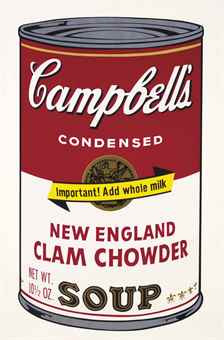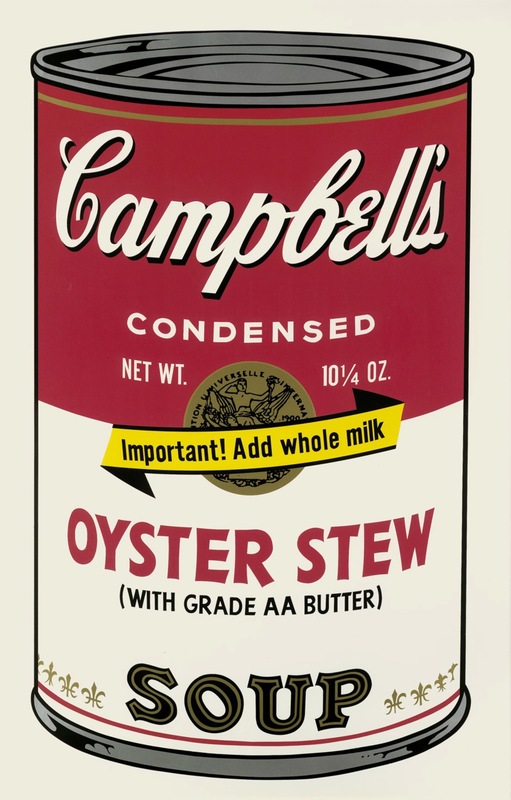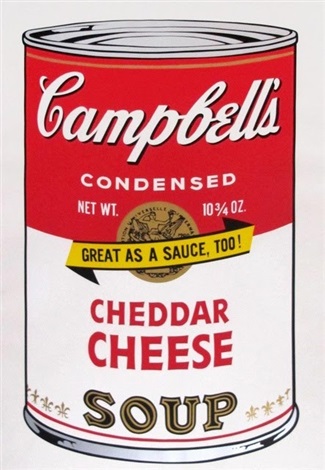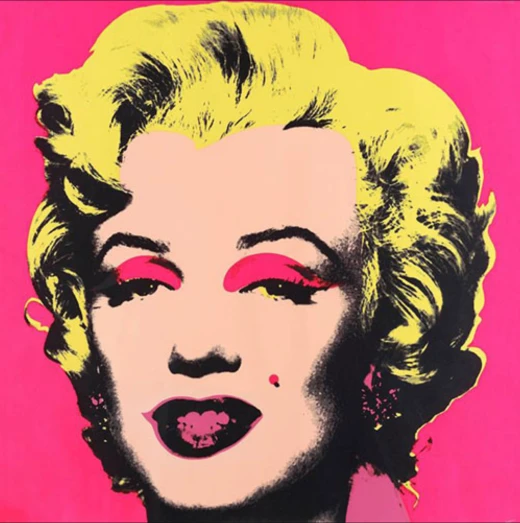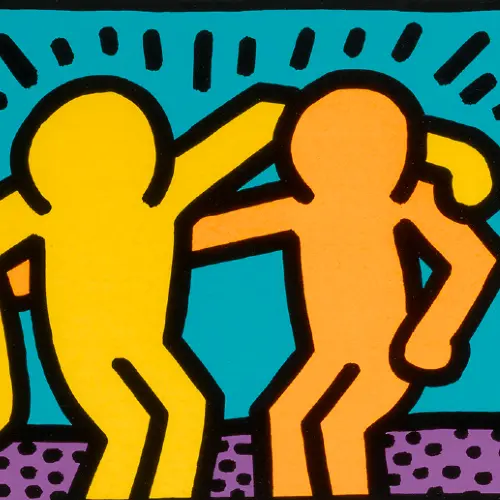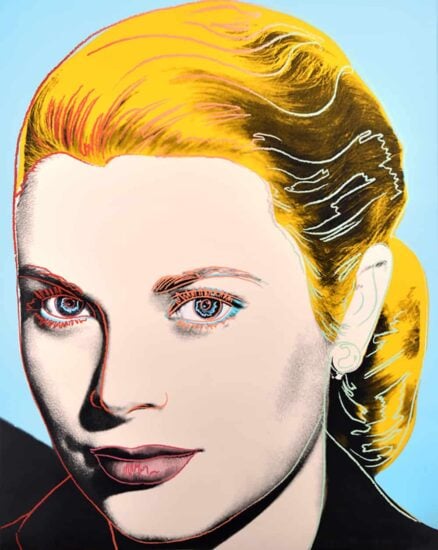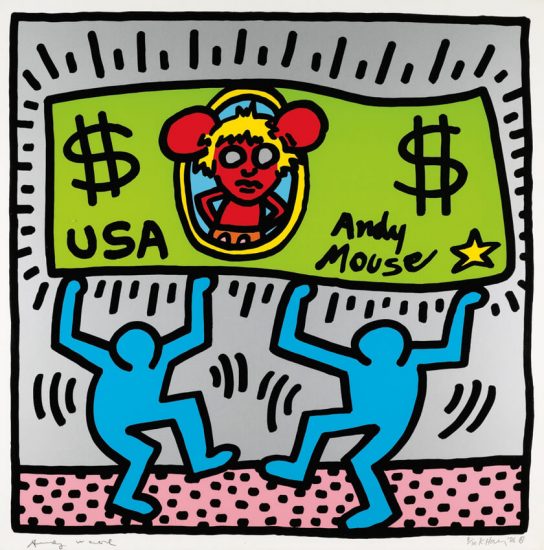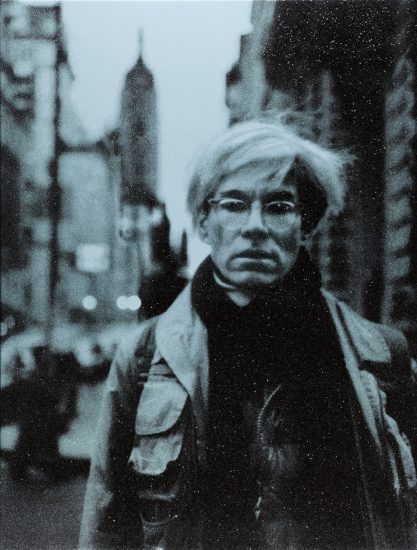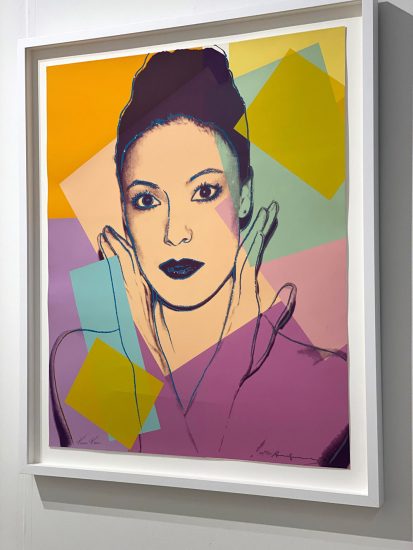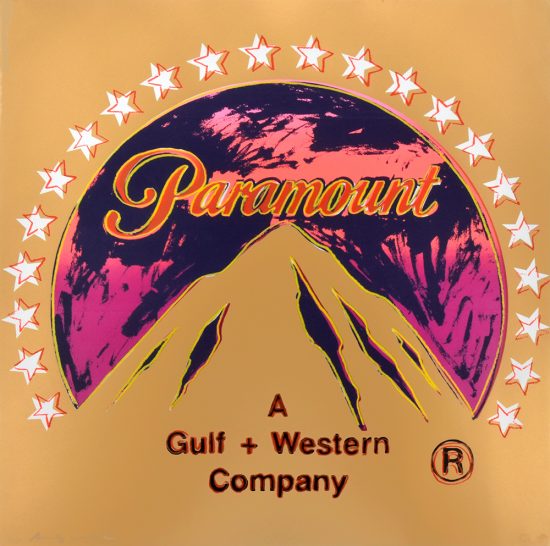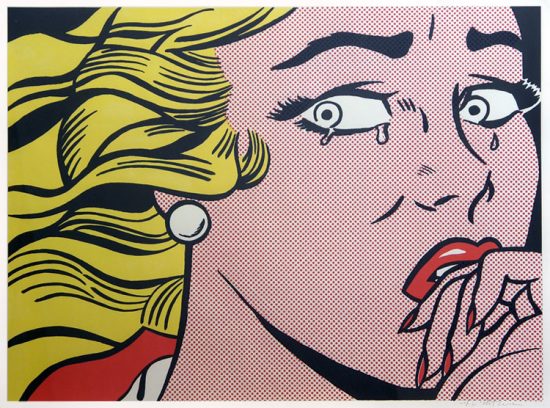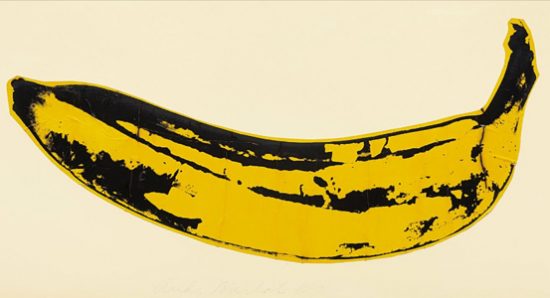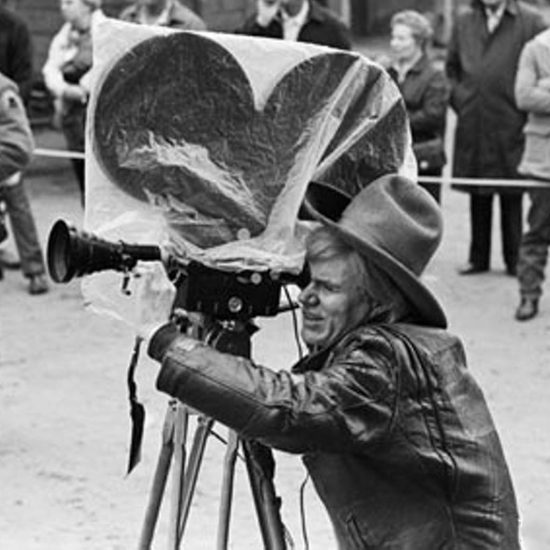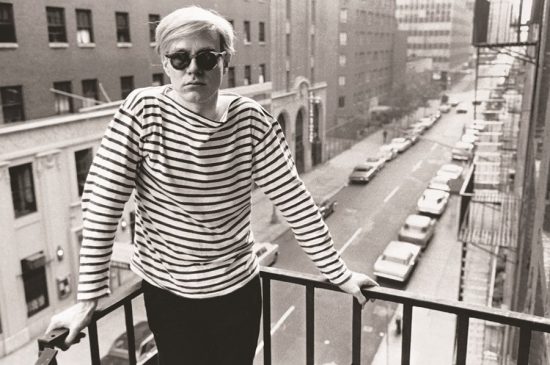Andy Warhol Campbell Soup Cans Series I and II
Introducing the Campbell’s Soup Cans
Andy Warhol’s Campbell’s Soup Cans are perhaps the most well-known images of American modern art. Initially created as a series of thirty two canvases in 1962, the soup cans gained international acclaim as a breakthrough in Pop Art. When the paintings were first exhibited in that year, they were displayed together like products at a grocery store. Each soup can corresponded to a different flavor and resembled the actual image of the red and white Campbell’s Soup cans. Though they appeared identical to the well-known grocery items, the artist’s handiwork was evident through the slight variations in the lettering and in the hand-stamped fluer-de-lis symbols on the bottom of each can. This juxtaposition between pure replication and the artist’s hand makes the series all the more intriguing.
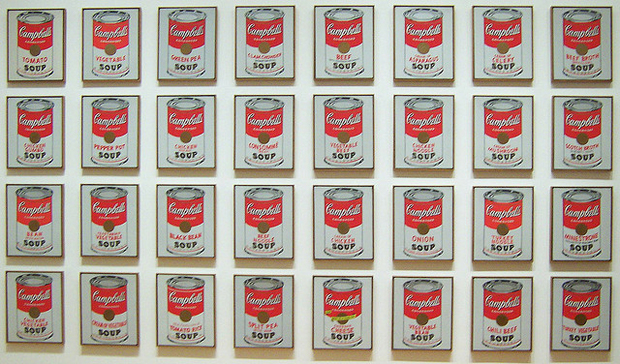
Warhol's inspiration for the series developed from his personal life. He explains “I used to drink it. I used to have the same lunch every day, for 20 years, I guess, the same thing over and over again.” This sense of repetition was definitely both internalized by the artist and embodied by commercial mass culture. Initially, the debut of the Campbell’s Soup Cans was widely contested as many viewers struggled to grapple with such flagrant appropriation of a commonplace object. However, Warhol would take the themes of repetition and mass production further by creating two portfolios of Campbell’s Soup Can screen prints in 1968.
Screen print Portfolios I and II
The Andy Warhol Campbell’s Soup Can I and Campbell’s Soup Can II screen print portfolios were created in 1968 and 1969 respectively. Each portfolio contains 10 screen prints and corresponds with the paintings and were one of the first portfolios to be published through Factory Additions, a company Warhol created to distribute his prints. The mechanical photo silk-screen process would further erase any trace of the artist’s hand and create a level of precision matching the design of the cans. This is an interesting adaptation of a medium which was typically used for producing advertisements. Warhol deliberately used the associations with the medium to make viewers question what qualifies a true work of art. The motivation behind the screenprints is succinctly summarized by Warhol’s famous words: “I want to be a machine.” Truly, this series of prints are Warhol’s most uniform and mechanical images he ever produced. Soon after, this type of printmaking became Warhol’s signature medium .
Campbell's Soup Can I, 1968:




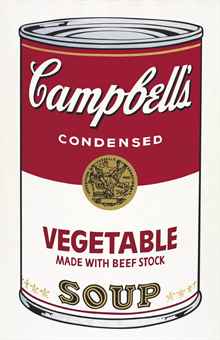

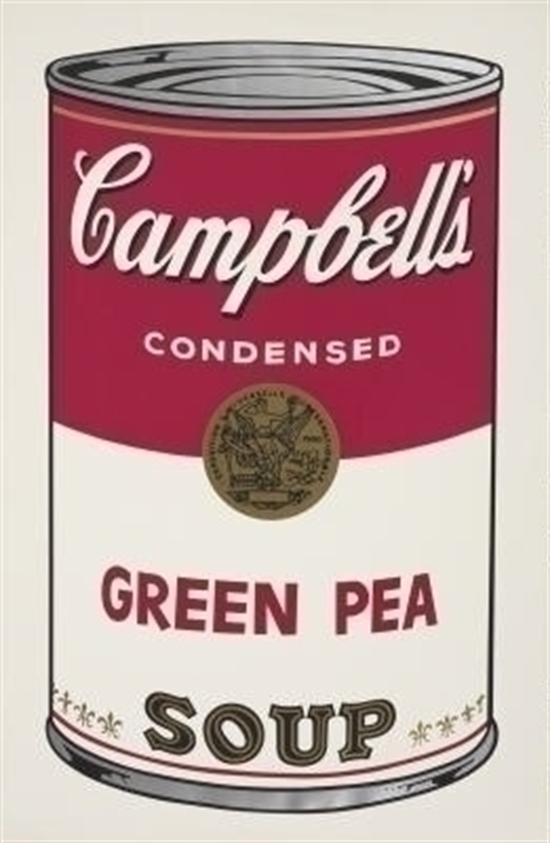


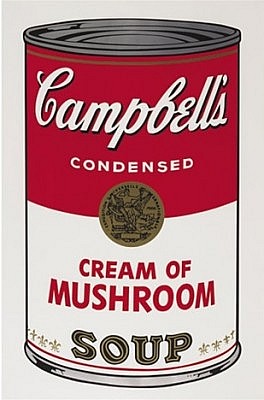
Campbell's Soup Can II, 1969:



